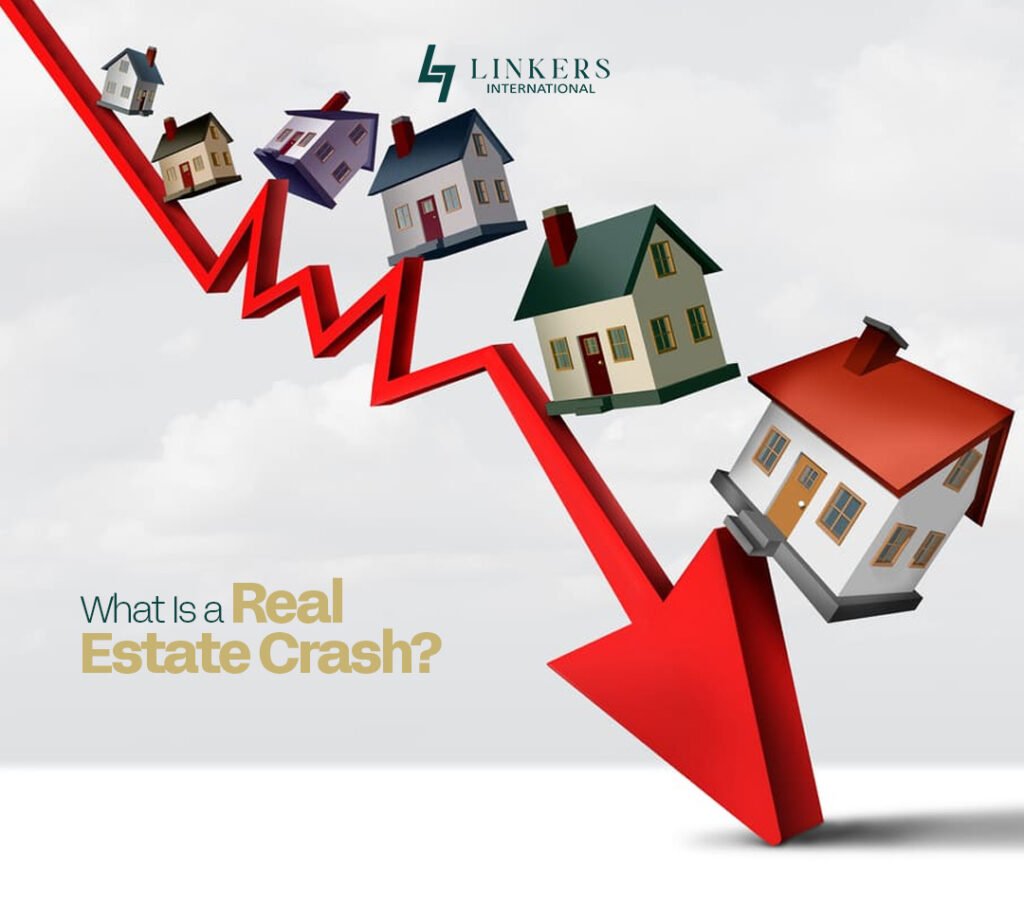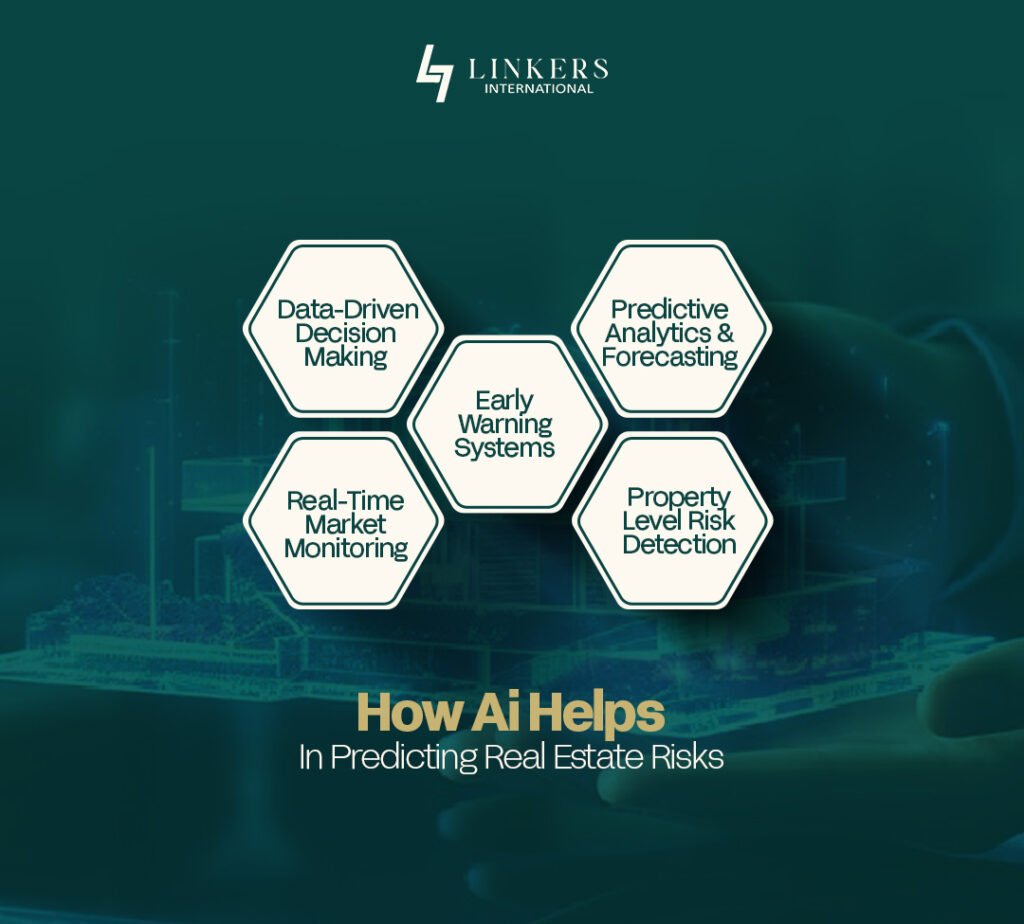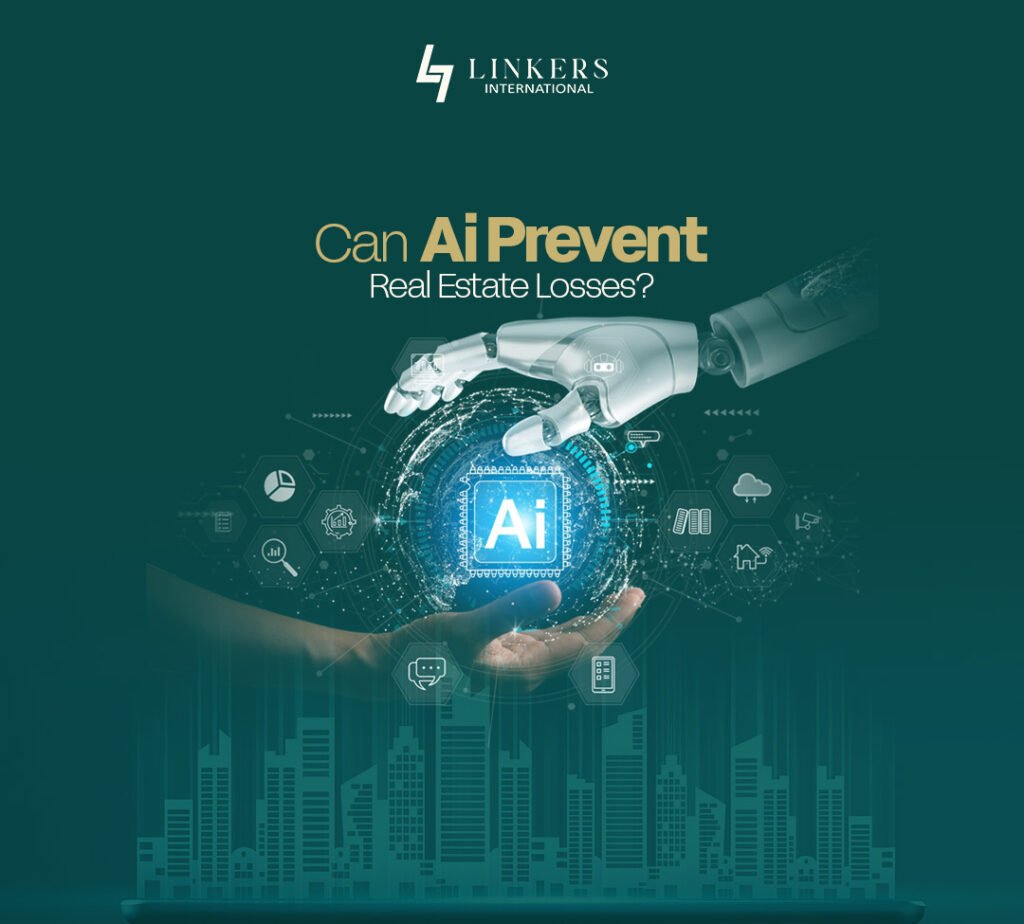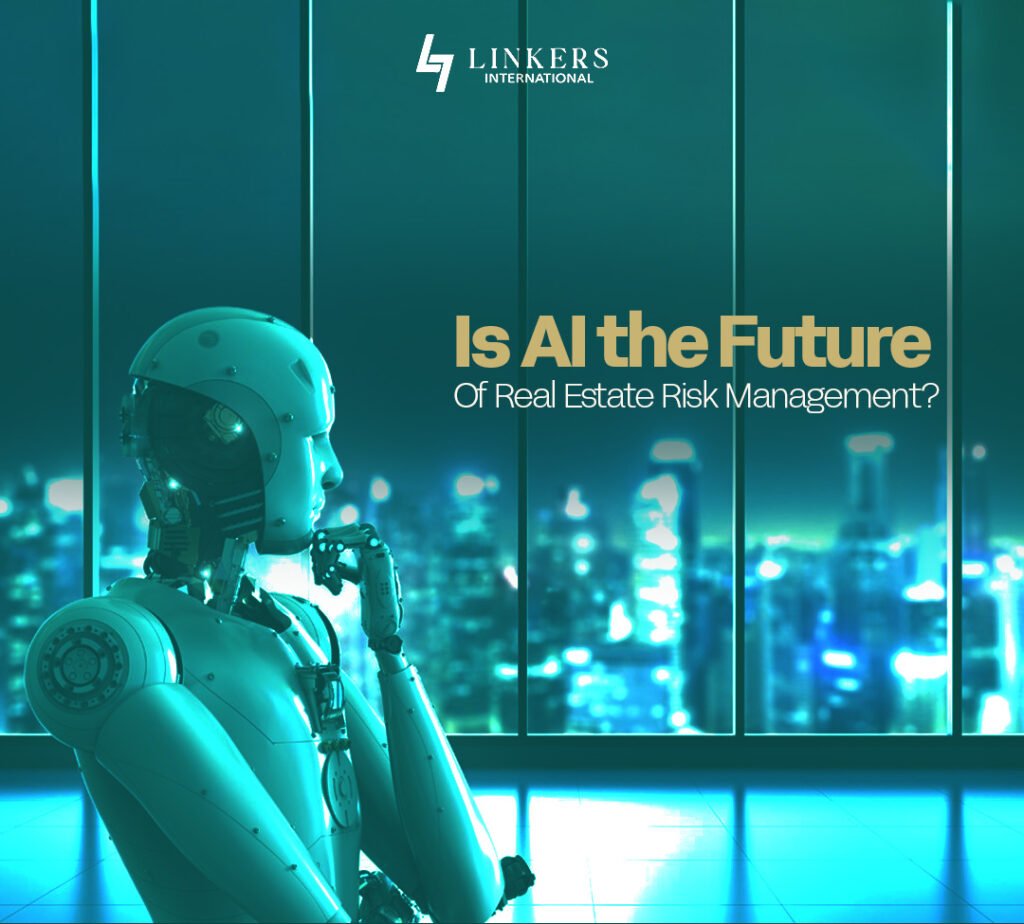Can we see the next Real Estate Crashes coming? This question always looms large in an unpredictable real estate market. Thanks to Artificial Intelligence (AI), the answer is moving closer to “yes.” AI is transforming how investors, developers, and institutions understand risk, not just by tracking past trends, but by analyzing real-time data, spotting hidden patterns, and forecasting what might happen next.
In short, AI is helping turn guesswork into insight. But can AI really predict a real estate crash before it happens? Let’s break it down.
What Are Real Estate Crashes?

Real Estate Crashes are when property values drop suddenly and sharply, usually due to a combination of oversupply, high interest rates, economic slowdowns, poor planning and speculation.
Crashes lead to declining property prices, investor losses, and financial instability. Traditional risk models rely on outdated or delayed data, which often means reacting too late. That’s where AI steps in.
How AI Helps in Predicting Real Estate Crashes

AI doesn’t just guess. It learns from patterns, processes vast amounts of data in seconds, and finds early warning signs humans often miss. Real estate isn’t unpredictable; it just requires better tools to understand. AI can separate risk signals from market noise. Here are some of the tools that can help builders and investors make the right decisions;
1. Data-Driven Decision Making
AI analyzes millions of data points, like property transactions, mortgage rates, inflation, and even social media trends, to understand what’s happening in real-time.
For example, if there’s a spike in home listings, rising loan defaults, or social media negativity about a neighborhood, AI flags that.
2. Predictive Analytics & Forecasting
Using machine learning models, AI can simulate thousands of market scenarios to predict possible real estate crashes or downturns.
Key models include:
- Random Forests: Great for detecting extreme events
- LSTM (Long Short-Term Memory): Excellent for forecasting price movements based on past data
- NLP (Natural Language Processing): Picks up on news sentiment, policy changes, and online chatter such as comments on a social media post.
3. Real-Time Market Monitoring
AI doesn’t wait for monthly or quarterly reports. It provides live insights using different insights. It helps identify shifts in demand/supply before they’re reflected in property prices.
This includes: macroeconomic indicators such as inflation, unemployment, interest rates, property transactions and pricing. AI can also monitor alternative data like foot traffic, utility usage, and job listings.
4. Property-Level Risk Detection
AI systems using computer vision and drone imagery can assess property condition, which gives investors a clearer picture of a property’s true value and risk. AI would assess building condition (cracks, leaks, roof wear), neighborhood changes (declining foot traffic, safety concerns) and environmental risks (flood zones, climate change).
5. Early Warning Systems
AI doesn’t just report risks, it predicts them before they happen. These early warning systems give real estate investors and developers time to act, adjust strategies, and avoid losses. For example:
- Climate Risk Modeling can project future flood-prone areas or heat zones, helping you avoid properties that may face environmental damage.
- Credit Risk Models analyze financial patterns to detect unstable tenants or borrowers before defaults happen.
- Regulatory NLP Systems scan news, policy updates, and legal documents to flag changes in zoning laws or tax regulations that could affect property value or compliance.
Can AI Prevent Real Estate Losses?

As the world is adopting AI, experts suggest that AI can’t stop market crashes, but it helps you prepare for them. It reduces exposure to high-risk investments and improves portfolio decisions.
- Over-construction Detection: AI might flag a city where too many commercial buildings are being developed while rental demand is falling, signaling a bubble risk.
- Economic Decline Alerts: If a region shows rising unemployment, business closures, and declining consumer spending, AI can flag it as high-risk for property investments.
- Price Manipulation Detection: AI can detect inflated property prices by comparing real-time listings with past sale data and market trends, helping you avoid overpaying.
- Tenant Risk Prediction: Before signing a lease, AI can assess a tenant’s financial health, payment history, and credit risk, reducing the chances of rental defaults.
- Natural Disaster Risk: Using geospatial data, AI may identify properties exposed to flooding, wildfires, or seismic activity, prompting investors to reconsider location.
- Zoning and Legal Red Flags: AI can instantly scan zoning laws and building code data to detect potential legal issues or usage restrictions, avoiding regulatory headaches later.
- Neighborhood Trend Forecasting: AI may identify declining neighborhoods through satellite imagery and demographic shifts, warning you before property values fall.
- Short-Term Rental Oversupply: In tourist-heavy cities, AI might flag areas with oversaturation of rentals, where returns are dropping due to too much competition.
The future of real estate is becoming data-driven and smarter than ever. Investors who adopt AI tools such as Blockchain, Smart contracts and AI simulations will be ahead of the curve, making decisions not based on guesswork but backed by powerful insights.
Is AI the Future of Real Estate Risk Management?

AI is quickly becoming a game-changer in real estate risk management, not by removing risk entirely, but by helping investors and developers anticipate it with far more accuracy. From analyzing market trends to detecting early warning signals, AI offers insights that traditional methods often miss.
While adoption is still growing in many developing countries, the potential is clear: smarter, data-driven decisions that reduce uncertainty and improve long-term outcomes. As the markets evolve, those who leverage AI early will have a clear advantage in staying ahead of the curve.





